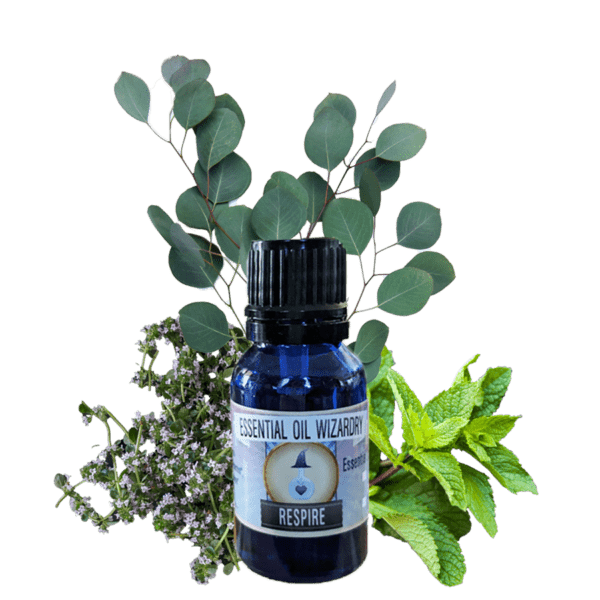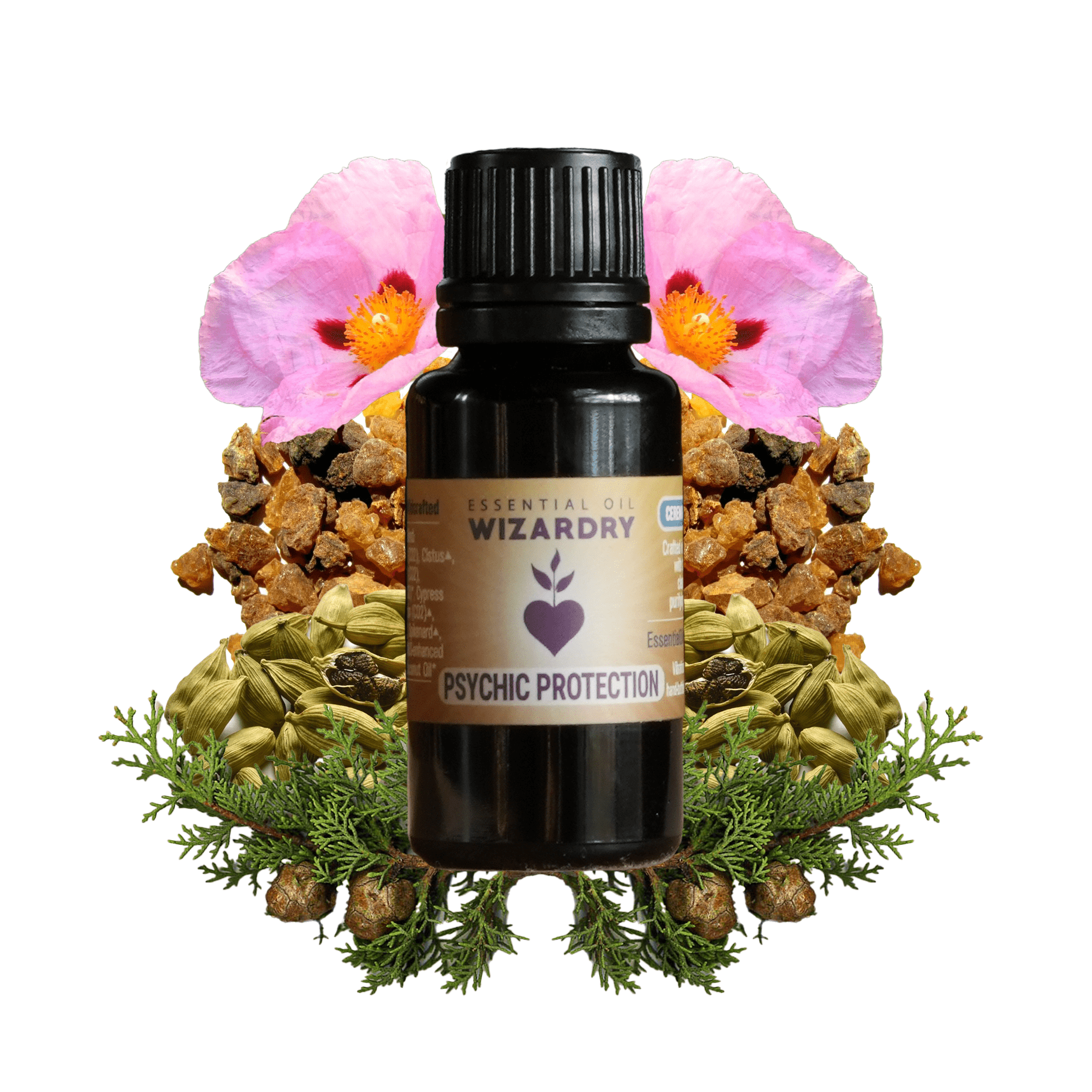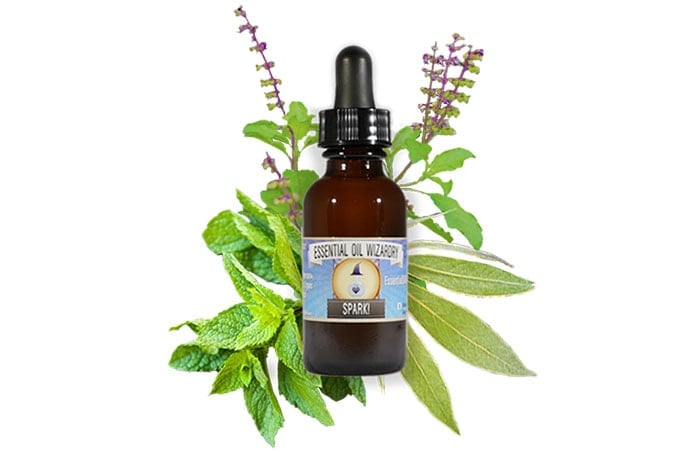FAQ
Welcome to the FAQ (Frequently Asked Questions) Page! We hope you find many answers to questions you may have, and some you didn’t! Some answers are straight forward and drawn from scientific research, others are reflections based on personal experience.
If we can assist you beyond this, please email [email protected]
We hope you enjoy these simplistic answers to varying questions ~ my viewpoint is intended to be hybridized from a child-like viewpoint for your ease of innerstanding. Some of these answers are based on my personal research, experience with plant extracts and years in the field. There may be some reflections that carry esoteric beliefs ~ this is my truest, authentic expression of how I view the plants through a holistic perspective from my wild perception ~
* We may interchange the terms Essential Oil, Absolute, Ultrasonic Extract, CO2 Extract, and/or define these as extracts. *
What are Essential Oils?
What other health modalities pair well with Essential Oils?
Where are the plant materials sourced from?
How are Essential Oils made?
There are various extraction techniques used for extracting the essential oils from plants. We will focus on extensive extraction options which probably account for over 98%+ essential oils on the market at the time of this writing, these are: steam distillation, hydrodistillation, C02 extraction, absolutes, ultrasonic extractions.
Below is a list and description of the various extraction methods.
Extraction Methods
- Steam Distilled = Traditional essential oils produced using water as a solvent. Steam distilled water is run through plant material. The steam rises through the plant material and collects the volatile aromatic essential oils. Steam distilled essential oils are clean, with a lighter feel and aromatic profile. Some constituents are changed, damaged or lost through the heating process of distillation. Typically, significantly higher temperatures than plants experience in nature are used in a steam distillation.
- CO2 Extract = Full spectrum extracts using carbon dioxide as a solvent. Very clean extraction method. Our primary CO2 Extract supplier reports that CO2 Extracts are 2-3x more therapeutically potent than traditional steam distilled essential oils.
- Cold Pressed = Cold pressed essential oils are produced using stainless steel or stone wheels (traditional methods) to compress plant material. Typically a delicate heating (ie. 100-120 degrees Fahrenheit) of plant material is used to enhance the yield of extraction. Then the oil is pressed from the plant matter. These extracts are also known as an Expressed oil.
- Absolute Extracts = Typically non-polar solvent-extracted concentrates. Absolutes are highly full-spectrum and may deliver the most beautiful bouquet from all extraction methods. Not typically considered food-grade due to harsh solvent use, though the GRAS (Generally Recognized As Safe) list states several Absolute Extracts as safe for flavor additives (ie. Rose Absolute). Absolutes are typically higher in cost, take more time / care and are the most common method for extracting delicate flowers to deliver a full spectrum extract.
- Ultrasonic Extracts = Method discovered several decades ago used to increase the yield of plant extracts. Douglas Stewart pioneered an Ultrasonic Enhanced, Solvent Extracted Absolute process using his genius to produce exquisite quality Absolutes. Through Douglas guidance, and some equipment I had received from his legacy work, our Ultrasonic Extracts were crafted using Vitalized Distilled Water (restructured, purified) and infused into Organic Craft Spirits to produce exceptional full-spectrum Ultrasonic Tinctures. We are honored to pioneer these into the collective and to continue Douglas Stewart’s legacy!
What does wildcrafted mean?
In nature plants have less interference with modern-day pollution, including electro-magnetics, chemicals, fertilizers, pesticides, etc., these wild plants are more in tune with nature’s rhythmic cycles. Naturally, these wild plants that are growing in a diverse ecosystem in are naturally more resilient, robust, and carry a life-force and intelligence within them. Wildcraft or wild harvested plant material comes from artisan farmers or distillers who source their plant material in the wild. Conscious practices should be taken in account, so as not to overharvest from the natural world and it’s abundance. Sustainable wild harvesting is an art and a practice that should be considered. The generality of the practice is to not over consume, to take part of the plant (rather than the whole) which can help them grow and become more resilient with time, without overharvesting or depleting their abundance in nature. Wild Harvest plants produce beautiful, potent and vibrant essential oils and extracts. Wild harvest plants are not harvested from a cultivated (farmed) operation.
Wildcrafting should be done consciously so as not to harm the natural habitat. Regular, balanced harvesting can contribute to a flourishing ecosystem. Plants that are found in the wild tend to have a high level of vibrancy and aliveness, as they are adapted to the varying conditions of nature. Their life within the delicate natural balance allows the plants to express their natural qualities and traits to their highest capabilities. Wildcrafted extracts can typically harness a high vitality level and produce premium quality final products.
What are Solvents?
A solvent is a substance (typically liquid) that is used to remove aromatic / bio-active constituents from plant/source material. Solvents can include a wide list of solutions so as a consumer with different values, you may choose to ask various questions.
- Is the solvent non-toxic?
- How is the effect on the environment short-term / long-term from the use of the solvent?
- How do I plan to use this product? (IE. Aromatic Use, Topical Use, Internal)
- What qualities of the plant do I wish to capture? (Ie. Rich Aromatic Bouquet vs Therapeutic Use)
Below is a simply guide to understand which method uses water, CO2, or solvents
- Steam Distilled, Hydrodistillation ~ Water
- In-House Ultrasonic Extractions ~ Water
- CO2 Extraction ~ Carbon Dioxide
Absolutes ~ Alcohol / Non-polar solvents / Petrochemicals (ie. Pharmaceutical Grade Toluene, Hexane)
How often should someone use Essential Oils?
The frequency of use can vary – from several times a day, to daily, weekly, or more. They can be used regularly or for special occasions. Dr. Nick has maintained a powerful relationship with oils over the past decade, and has experimented with using them daily, ingesting essential oils, vaporizing, diffusing. In his journey, Dr. Nick has found there is a wide array of ways to use essential oils. At the baseline using the oils with an intent and not over consuming is a great way to relate with them.
What Essential Oils are good for Digestion?
Consider the following extracts and essential oils:
- Allspice Berries (CO2)
- Peppermint
- Caraway
- Ginger
- Mace
- Nutmeg
- Fenne
- Check our our Digestif Tincture (for internal use) and blend (for external use/belly massage)
What Essential Oils or products are good for Skin Care?
- Radiant Skin Care Set (Raspberry Seed, Rosehip Seed, Sea Buckthorn Pulp, Myrrh, Sacred Toner)
- Sacred Toner
- Alleviate
- Violet Chill
- Raspberry Seed CO2
- Rosehip Seed CO2
- Seabuckthorn Pulp CO2
- Myrrh CO2
- Carrot Seed Oil CO2
- Pomegranate Seed CO2
- Copaiba Oil CO2
- Rose Otto
- Frankincense Frereana
- Spikenard Oil
- Coffee CO2
- Tea Tree Oil
- Cedar Atlas Oil
- Helichrysum
- CO2 Galbanum
- Rose Geranium Oil
- Black Cumin CO2
- Geranium Hydrosol
- Rose Hydrosol
- Neroli Hydrosol
*Some of these pure oils should be infused into a carrier oil before applying to the skin, as some pure oils in high concentration can be mildly irritating to the skin.
What Essential Oils/products are good for Aging?
- Sacred Toner
- Alleviate
- InVigor
- Ultrasonic Gotu Kola Tincture
- Ultrasonic Lion’s Mane Tincture
- Ultrasonic Epimedium Tincture
- Ultrasonic Tribulus Tincture
- Ultrasonic Reishi Tincture
- Turmeric Power
- Helichrysum
- Pomegranate Seed
- Rosemary Oil
- Black Cumin
What Essential Oils/products are good for Hair Care?
- Sexy Hair
- Auxano Hair Growth Formula
- Rosemary Oil
- Frankincense Frereana
What Essential Oils/products are good for Inflammation?
- A: Pain Relief ICE
- Helichrysum
- German Chamomile
- Alleviate
- Frankincense
- Ease-Olution
- Nutmeg massage oil
- Clove (should be used cautiously and very diluted)
- Violet Chill
- CO2 extracted Nutmeg
- Turmeric
- Turmeric Power
- Copaiba Oil
- Ginger
- Mace
- Blue Yarrow
- Black Pepper
- Pink Pepper
How do Essential Oils compare to pharmaceuticals? [Blog?]
Side effects may be seen as additional pharmacological effects on the body from taking a drug. Oftentimes with extended usage of single-drug moieties, the body experiences a burnout, creating new side effects because the system cannot be naturally regulated. Pharmaceuticals have their place in modern medicine and are very powerful for acute situations.
Nature works in a different way and looks to create balance and coherence. Plants express from tens to thousands of bioactive compounds and are naturally formulated in a harmonious way. This means if a therapeutic molecule expresses strong activity, there is often times an entourage of the plant’s constituents that create a net balance effect.
Do we ship internationally?
What is the return policy?
If any Product that Purchaser receives through the Website is delivered broken, or otherwise defective, or if the Purchaser is simply unsatisfied with the Product, they may return the item(s) within 30 days from the date of purchase.
If the product is returned because it is broken, or otherwise defective, the Company will credit the Purchaser’s credit card for each broken or defective product, plus return shipping costs. If the product is returned because the customer is unsatisfied with the product, then the Company will credit the Purchaser’s credit card for the product purchase price, but Purchaser must bear the return shipping costs.
What Essential Oils/products are good for Oral Care?
-
Oral Care kit
-
Tooth Ease
-
Dr. Nick’s Tooth Oil
-
Immunity Oil
What Essential Oils are good for Ceremonies/Rituals/Sacred Spaces?
-
Purity Blend
-
Psychic Protection
-
Positive Transmission
-
Sacred Ritual
-
Frank, Myrrh & Gold
-
Diviner’s Eye
-
Palo Santo
-
White Sage
-
Frankincense
-
African Copal Bark
-
Sandalwood
-
Blue Lotus Absolute
-
Rose Absolute
-
CO2 extracted Galbanum
-
Rhododendron
What Essential Oils are good for Pain Relief?
-
Pain Relief ICE
-
Easolution
-
Nutmeg
-
Lavender
-
Mace, Peppermint
-
Wintergreen (must be used at an extremely diluted concentration)
-
Rosemary
-
Clove (must be used at an extremely diluted concentration)
-
Black Pepper
-
Pink Pepper
-
Ginger
-
Chamomile
-
Eucalyptus
-
Frankincense
What Essential OIls are good for Headaches/Migraines?
-
Pain Relief ICE
-
Trinity (a combination of Lavender, Peppermint, Rosemary)
-
Angelica Root
-
Helichrysum
-
German Chamomile
-
Melissa (Lemon Balm)
-
Spearmint
-
Sweet Marjoram
-
Lavandin
-
Sweet Basil
How to use Essential Oils Topically?
-
Rub a few drops into the bottoms of the feet
-
directly into a wound or injury
-
A few drops onto the wrists for aromatic benefit
-
Massage into the temples for relaxation
How to use Essential Oils Aromatically?
How to diffuse Essential Oils & Best Devices to Use?
** These statements have not been evaluated by the Food and Drug Administration. Essential Oil Wizardry products are not intended to diagnose, treat, cure or prevent any disease. If you are pregnant, nursing, taking medication, or have a medical condition, consult your physician before using these products. **
World-Class Essential Oils

Wizard Alchemy Blends

Shop By Benefits
podcasts, events, and classes/courses
Alchemy Club Membership
The EOW Alchemy Club is a one-of-a-kind monthly subscription service for those seeking an affordable way to explore the wonderful world of botanical alchemy.


